Inflammation triggers an “alarm” signaling the presence of a threat and then removes its cause through the appropriate cells and signaling molecules. Under normal conditions, inflammation is self-limiting, followed by healing and tissue repair.
Sometimes, however, the inflammation is not fully extinguished and becomes chronic. Chronic inflammation is an undesirable phenomenon that can lead to the development of various diseases.
Inflammation is one of the mechanisms of innate immunity. It is the body's primary response to various types of damage. It is commonly believed that inflammation is only associated with infections caused by pathogenic microorganisms![]() . Indeed, inflammation may be part of antibacterial, antiviral, or antifungal immunity, although these are not the only causes of the inflammatory response.
. Indeed, inflammation may be part of antibacterial, antiviral, or antifungal immunity, although these are not the only causes of the inflammatory response.
Inflammation can also be caused by other tissue damage![]() : burns, ischemia, or mechanical trauma.
: burns, ischemia, or mechanical trauma.
Inflammation develops in the body as soon as the cells of the immune system recognize the threat. An increase in temperature, an increase in local blood flow, and a rapid influx of inflammatory cells are some of the most primal defense mechanisms of the body.
Celsus, a Roman scientist from the beginning of our era, was the first to describe the characteristic features![]() of the inflammatory response.
of the inflammatory response.
The body's response to injury or inflammation can cause various physical reactions. One such reaction is heat (calor), which is characterized by increased blood flow in the affected area and a rise in body temperature. Blushing (rubor) may also occur due to the expansion of blood vessels around injured tissue. Pain (dolor) is caused by irritation of pain receptors and serves to protect the body by limiting movement and promoting healing. Finally, swelling (tumour) occurs as fluid leaks from blood vessels into damaged tissues.
The Greek physician Galen added a fifth symptom called functio laesa. It refers to the impairment of the organ's function affected by inflammation.
Currently, there are about 100 types of inflammation, but the most common are:

Let's imagine the moment of tissue damage by a selected factor, for example, mechanical trauma or penetrating microorganisms. How does our body react to it? Well, the inflammatory response begins almost immediately![]() , thanks to the cells of the immune system – “living” permanently in the tissues and being able to recognize the threat.
, thanks to the cells of the immune system – “living” permanently in the tissues and being able to recognize the threat.
It is worth knowing that damaged cells![]() release cytokines, prostaglandins, and leukotrienes into the bloodstream. These particles send out signals throughout the body to alert the immune system. In response, nearby blood vessels dilate to allow immune cells and other necessary molecules to quickly enter the affected area and trigger an inflammatory response.
release cytokines, prostaglandins, and leukotrienes into the bloodstream. These particles send out signals throughout the body to alert the immune system. In response, nearby blood vessels dilate to allow immune cells and other necessary molecules to quickly enter the affected area and trigger an inflammatory response.
Congested, inflamed tissue becomes red and warm, which can often be seen with the naked eye. For all the necessary elements to get where they should, blood vessels also become more permeable – a symptom of which is swelling appearing at the site of damage.
The fluid that collects at the site of inflammation is called exudate. It contains a high concentration of proteins that enable the destruction of the pathogen and facilitate subsequent tissue repair.
When the signal about the threat is announced and the transport of the necessary ingredients is accelerated, the cells whose task is to remove the cause of inflammation enter the action. We are talking about leukocytes or white blood cells. Leukocytes find the place of damage thanks to significant “signposts” – located inside the vessels in the inflammatory focus. Thanks to them, the leukocytes arriving with the blood remain captured in the right place, and then they get from the vessel to the tissue where they can perform their functions.

In acute inflammation![]() the dominant group of leukocytes is neutrophils – cells with the ability to phagocytosis, like “eating” harmful microorganisms and the remains of dead cells.
the dominant group of leukocytes is neutrophils – cells with the ability to phagocytosis, like “eating” harmful microorganisms and the remains of dead cells.
Multiple types of cells play a role in causing and managing inflammation. For example, we have macrophages, mast cells, and dendritic cells. These cells work together and communicate to regulate the level of the inflammatory response, depending on what the body requires at that time.
Typically, inflammation is supposed to help the body restore its natural balance of tissue. Acute inflammation resembles a battle, after which the cells quickly clean up the resulting “mess” and tissue repair and healing processes prevail.
Unfortunately, the process of extinguishing inflammation does not always go as it should. Then we talk about the transition of inflammation into a chronic form. Chronic inflammation![]() arises, for example, when, despite the immune system's response, the tissue-damaging factor cannot be fully fought off.
arises, for example, when, despite the immune system's response, the tissue-damaging factor cannot be fully fought off.
In chronic inflammation, there is often a shift in the immune response: the body cannot cope with the pathogen and begins to perceive its tissues as the cause of the problem. As a result, chronic inflammation is characterized by simultaneous tissue repair and damage. That is the reason why chronic inflammation often leads to autoimmune diseases, i.e., the body begins to attack and destroy its tissues (more below).
We already know when and why inflammation develops. So the question remains: how can we be sure that we are dealing with inflammation? A clinical examination is available, revealing typical symptoms, as well as laboratory indicators of inflammation.
During a physical examination, a specialist can observe typical signs that indicate an inflammatory response:
With more serious inflammation, they may be accompanied by systemic symptoms, such as fever or a sense of significant weakness.
One way to confirm inflammation is through laboratory tests such as the ESR![]() (Bernacki's reaction). While it was once a primary diagnostic test, newer indicators have become more popular. However, it is still frequently used and the normal value varies based on age and gender. Men should have a normal range of 3-15 mm/h, women 1-10 mm/h, and both sexes over 65 should not exceed 20 mm/h.
(Bernacki's reaction). While it was once a primary diagnostic test, newer indicators have become more popular. However, it is still frequently used and the normal value varies based on age and gender. Men should have a normal range of 3-15 mm/h, women 1-10 mm/h, and both sexes over 65 should not exceed 20 mm/h.
Another one is the determination of the number of leukocytes![]() in the blood. The body's natural response to inflammation is a sharp increase in the number of white blood cells. The regular concentration of leukocytes in the blood is 4-10 thousand/µl. An increase in the concentration of white blood cells is called leukocytosis.
in the blood. The body's natural response to inflammation is a sharp increase in the number of white blood cells. The regular concentration of leukocytes in the blood is 4-10 thousand/µl. An increase in the concentration of white blood cells is called leukocytosis.

Specialists can also perform electrophoresis![]() , i.e., separating individual plasma proteins and measuring their concentrations. The liver is the primary site for producing proteins in our body. In cases of inflammation, there is a noticeable change in the types of proteins produced. Proteins that cause inflammation are increased, while others that are not as necessary are decreased. This division results in what are known as positive and negative acute phase proteins.
, i.e., separating individual plasma proteins and measuring their concentrations. The liver is the primary site for producing proteins in our body. In cases of inflammation, there is a noticeable change in the types of proteins produced. Proteins that cause inflammation are increased, while others that are not as necessary are decreased. This division results in what are known as positive and negative acute phase proteins.
When examining inflammation, one way to diagnose it is by checking for an increase in positive acute-phase proteins![]() such as CRP, haptoglobin, and fibrinogen. In contrast, negative acute-phase proteins like albumin and transferrin decrease during inflammation. Out of these markers, CRP is the most important one to detect inflammation, and a healthy person should have a CRP level below 5 mg/l.
such as CRP, haptoglobin, and fibrinogen. In contrast, negative acute-phase proteins like albumin and transferrin decrease during inflammation. Out of these markers, CRP is the most important one to detect inflammation, and a healthy person should have a CRP level below 5 mg/l.
As previously stated, chronic inflammation is a harmful occurrence that damages one's tissues and contributes to the development of various diseases.
Chronic inflammation can cause allergic and autoimmune diseases. When the immune response is poorly regulated, it can lead to medical conditions![]() like inflammatory bowel disease (IBD), bronchial asthma, rheumatoid arthritis, and psoriasis.
like inflammatory bowel disease (IBD), bronchial asthma, rheumatoid arthritis, and psoriasis.
The development of atherosclerosis and cardiovascular problems like ischemic heart disease are closely linked to long-term inflammation. Studies indicate that chronic inflammation may also contribute to cancer formation.
Describing the possible causes and consequences of the development of inflammation, one should also mention SIRS![]() (Systemic Inflammatory Response Syndrome) – a generalized inflammatory response syndrome.
(Systemic Inflammatory Response Syndrome) – a generalized inflammatory response syndrome.
Behind this complicated name is a specific form of inflammation that affects the entire body. We deal with it when acute inflammation, instead of extinguishing, is constantly intensifying.
The constant production of inflammatory molecules – cytokines – causes changes in many organs. The clinical manifestations of SIRS syndrome include:
Inflammation of this severity requires immediate intervention, as it poses a severe threat to the functioning of organs.
In the case of SIRS, efforts should be made to eliminate the factor that caused such an intense inflammatory response. Failure to control the generalized inflammatory response syndrome may lead to the development of multiple organ failure and, consequently, even death.
Treatment of inflammation requires a medical consultation each time. Not every inflammation requires immediate medication. In addition, it is very significant to choose the right type and the correct route of treatment (systemic/topical preparations).
When it comes to treating inflammation, there are two main categories of medications. In some cases, doctors use non-steroidal anti-inflammatory drugs (known as NSAIDs). However, there are also situations where steroidal anti-inflammatory drugs are necessary.
Non-steroidal anti-inflammatory drugs![]() (NSAIDs) include the popular aspirin, ibuprofen, and naproxen. This group of drugs works by blocking the function of cyclooxygenase, an enzyme that produces molecules responsible for causing inflammation.
(NSAIDs) include the popular aspirin, ibuprofen, and naproxen. This group of drugs works by blocking the function of cyclooxygenase, an enzyme that produces molecules responsible for causing inflammation.

Non-steroidal anti-inflammatory drugs usually quickly relieve the unpleasant symptoms of inflammation. However, their use is associated with the risk of side effects (primarily damage to the gastrointestinal mucosa, which may aggravate peptic ulcer disease, and in extreme situations – even lead to bleeding). For this reason, they should always be used in the lowest effective doses, preferably under the supervision of a doctor.
The second group of anti-inflammatory drugs is glucocorticosteroids![]() , most often used in the treatment of chronic inflammatory diseases (asthma, autoimmune diseases).
, most often used in the treatment of chronic inflammatory diseases (asthma, autoimmune diseases).
When taken orally for a long period, glucocorticosteroids may lead to side effects. These may be diabetes![]() , electrolyte imbalances, and osteoporosis. As a result, topical preparations have gained popularity. Examples of these include ointments containing glucocorticosteroids for treating inflammatory skin conditions, and inhaled glucocorticosteroids used to manage bronchial asthma.
, electrolyte imbalances, and osteoporosis. As a result, topical preparations have gained popularity. Examples of these include ointments containing glucocorticosteroids for treating inflammatory skin conditions, and inhaled glucocorticosteroids used to manage bronchial asthma.
Finally, it is also worth mentioning the latest methods of combating inflammation, used primarily when the above-described treatment fails. We are talking about so-called biological drugs![]() , i.e., antibodies (human or artificially produced) against specific molecules that cause inflammation (e.g., various types of interleukins).
, i.e., antibodies (human or artificially produced) against specific molecules that cause inflammation (e.g., various types of interleukins).
This type of therapy is reserved primarily for severe autoimmune diseases![]() . Its fundamental disadvantage is – so far – a very high price.
. Its fundamental disadvantage is – so far – a very high price.
Presently many biological preparations with anti-inflammatory activity are the subject of ongoing scientific research.
Table of Contents

Muscle pain and stiffness – these can be the first symptoms of arthritis. Learn about the most common types of… read more »

Psoriatic arthritis is a long-lasting inflammatory disease of the joints in patients with psoriasis, which can cause joint destruction and… read more »
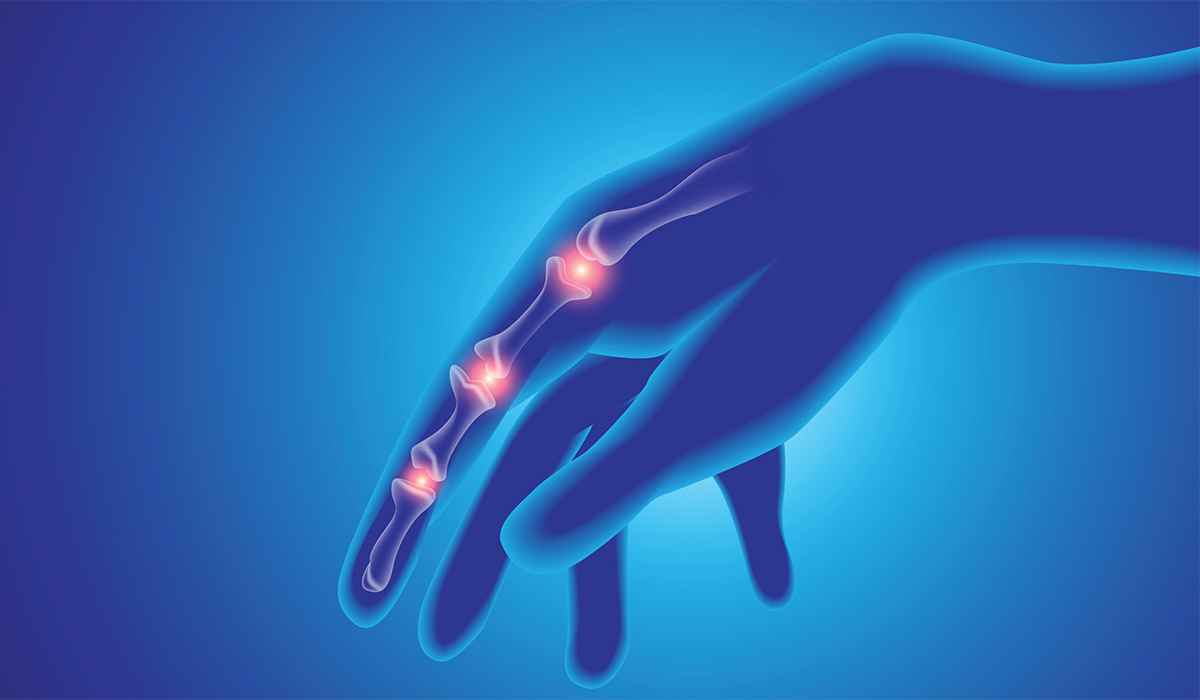
Rheumatoid arthritis is a chronic, progressive autoimmune joint disease. What are its causes? What are the symptoms of the disease… read more »
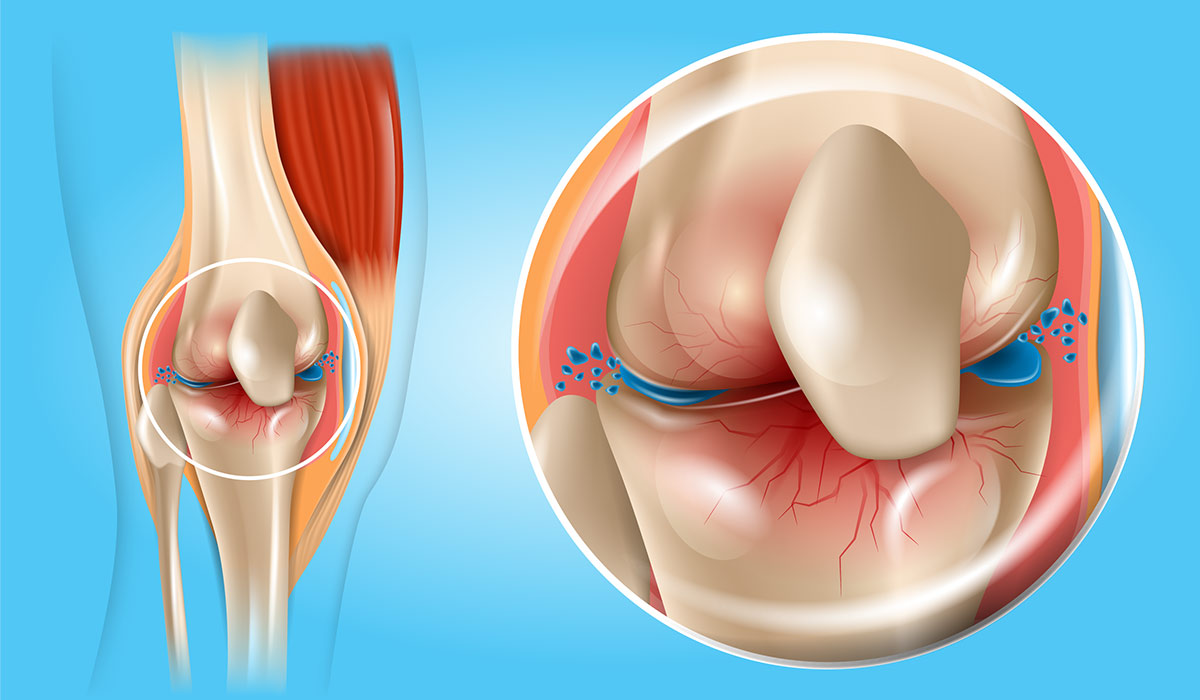
Osteoarthritis is a disease that most often affects children and the elderly. What are its causes? How can it be… read more »
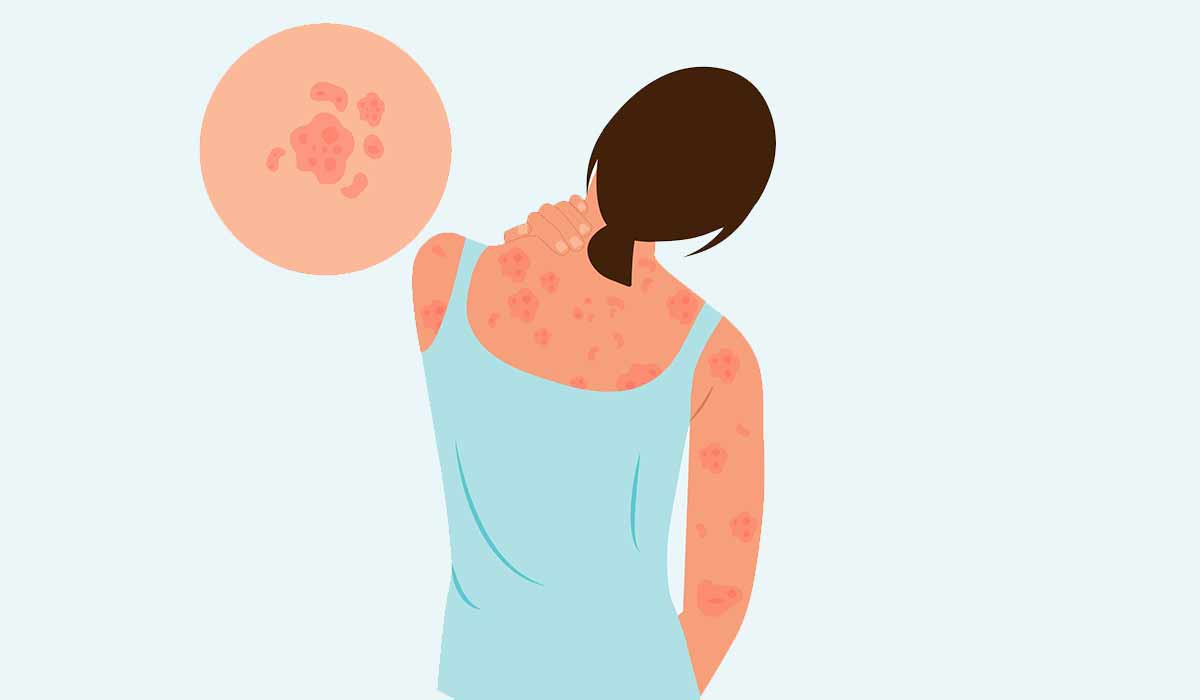
Psoriasis is characterized primarily by skin lesions that result from impaired epidermal regeneration. Learn about all types and signs of… read more »

The main symptom of Morton's neuroma is pain in the foot. Find out what causes the discomfort. Learn about treatment… read more »
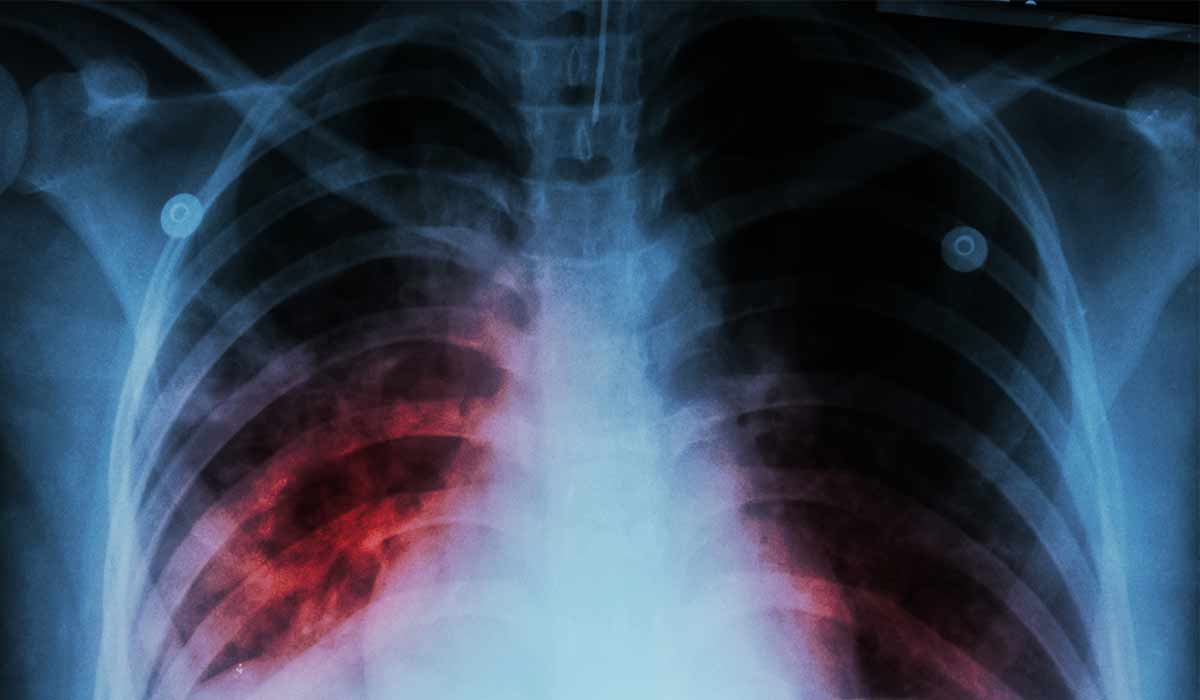
Tuberculosis is an infectious disease caused by mycobacteria. There are many types of tuberculosis with varying symptoms. Learn it all… read more »
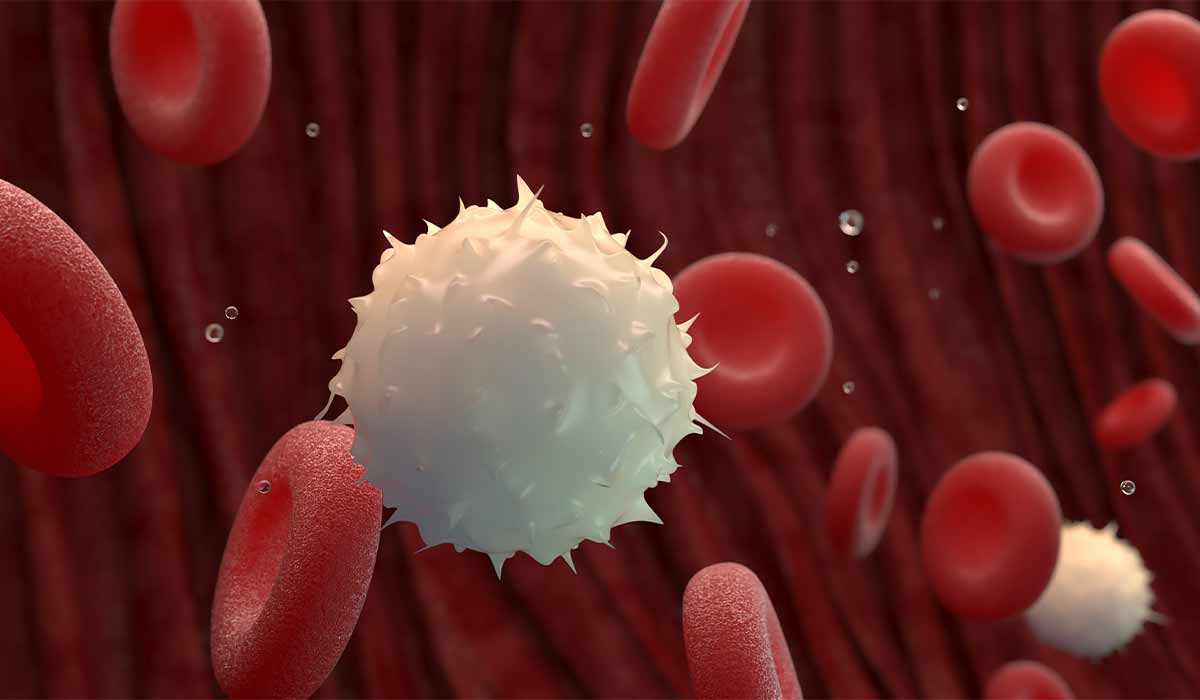
Autoimmune diseases are conditions in which the immune system works incorrectly – it begins to attack the body's tissues. What… read more »

Trigger finger is a condition that impairs daily functioning. The effectiveness of treatment depends on the severity of the symptoms.… read more »